Cameron Laux steps away from the canon, asking experts from around the globe for their favourite underrated 19th-Century novels – including one told from the perspective of an aristocrat’s corpse.
I
If I say the trigger words ’19th-Century novel’, your head will probably immediately fill with thoughts of Bronte sisters or Charles Dickens, Leo Tolstoy, Gustave Flaubert, or Mark Twain. (That woman who throws herself on the tracks. That kid who floats down a river and becomes a man. That woman who is crazy in an attic. You know.) But there are other worlds to conquer. So much else was going on in 19th-Century fiction. You just need someone to point you in the right direction – meaning, the wrong direction. Herewith a partial guide that will help you get a little lost in the literature of that era. I spoke to experts in the field and asked them to talk about their favourite underrated 19th-Century fiction.
More like this:
– The best books of the year so far
– A 13th-Century poet’s lessons for today
– Short stories for every taste and mood
Robert McCrum, writer, publisher, and former literary editor of the Observer newspaper in the UK, suggests Thomas Love Peacock’s Headlong Hall (1816) and Benjamin Disraeli’s Sybil (1845). McCrum’s list of ‘The 100 Best Novels Written in English ‘ (published in expanded form as a book) is one of my touchstones , because I like to horrify myself with what I haven’t read (The Sun Also Rises, argh!, The Catcher in the Rye, gasp!). Sometimes, though, it’s a relief to step away from the canon.
McCrum offers these sage words about Headlong Hall: “Thomas Love Peacock was a minor genius, and a minor Romantic whose great country-house satires – Nightmare Abbey, Crotchet Castle, and Headlong Hall – exhibit an exhilarating, light-fingered wit (and whimsy) that inspired a delightful English literary tradition, the contemporary satire/comedy. I treasure his originality of imagination: without Peacock, we might have had no Jerome K Jerome (Three Men in a Boat), Aldous Huxley (Antic Hay), Stella Gibbons (Cold Comfort Farm) nor even Muriel Spark (The Ballad of Peckham Rye).”
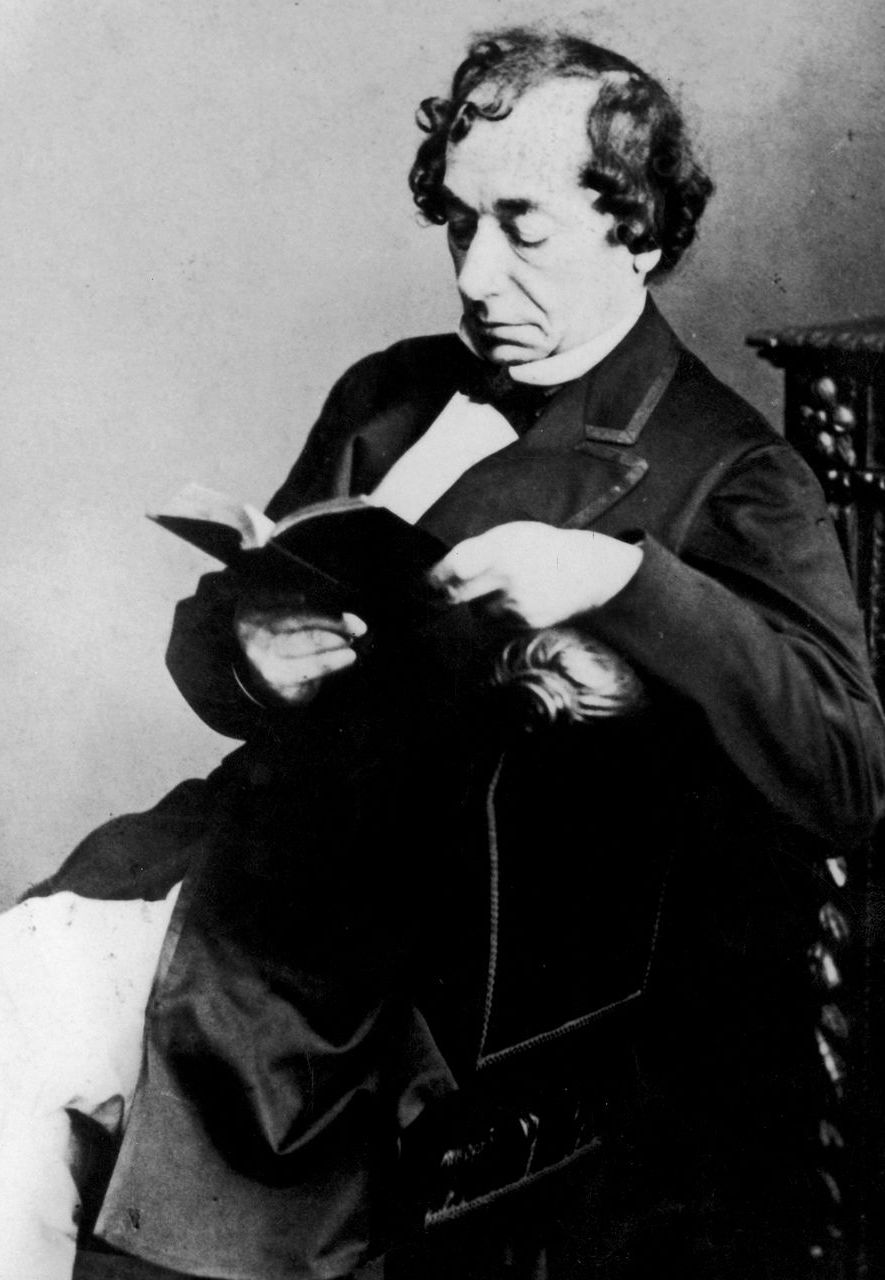
Benjamin Disraeli (Credit: Getty Images)
McCrum’s other choice is Sybil: “Before Benjamin Disraeli became a great Tory statesman, he invented (more or less single-handed) the ‘Condition of England’ novel. Sybil is his masterpiece, a near-documentary record of politics and society in the 1830s and 1840s. Disraeli is now remembered for his wit. Once, when asked his opinion of a George Eliot novel, he remarked, with a feline scratch, ‘When I want to read a novel, I write one.’ However, this gift masks a writer of great power and insight. In disrupted times such as ours, Disraeli’s political savvy, sharp-eyed originality, and profound empathy for the poor mark him out as a writer of somewhat neglected greatness.”
James Adams is a professor of English and comparative literature at Columbia University in New York, where he specialises in 19th-Century literature, among other things. His most apt book would probably be A History of Victorian Literature (2011) – but there are many other publications by him to choose from. I asked him to name his favourite overlooked books from the 19th Century, and he came up with a couple of ideas.
His first nomination was Miss Marjoribanks (1866) by Margaret Oliphant: “It offers something like a Victorian Emma, the story of a young, motherless heiress who at the age of 15 finds her mission in life in reforming the ‘lamentable condition’ of social life in her town of Carlingford. Her ambitions are more grandiose than those of Austen’s heroine – her social designs at times have the air of a Napoleonic campaign – and Oliphant’s irony is a good deal more cutting than Austen’s: Lucilla is ‘brought up in the old-fashioned orthodox way of having a great respect for religion, and as little to do with it as possible’. A very refreshing tonic to saccharine stereotypes of Victorian womanhood.”
His second pointer: “For readers with more tolerance of the sentimental, Charlotte Yonge’s The Heir of Redclyffe (1853) is a domestic romance focused on the rivalry of two male cousins, successive heirs of the estate of Redclyffe. The novel offers a fascinating mid-Victorian refashioning of chivalry (the first edition of Tennyson’s Idylls of the King was published three years later). Yonge was in many ways deeply conservative, but she managed to find in her Tractarian faith a hint of the Byronic hero, and her account of masculinity at war with itself was hugely popular, winning praise from readers as diverse as William Morris and soldiers in the Crimea.”
Latin America
Carlos Fonseca teaches in the Centre of Latin American Studies at Cambridge University. He is a writer and critic; his most recent novel is Natural History, and his most recent critical work is The Literature of Catastrophe. He suggested three titles that don’t get as much global respect as they deserve.
According to Fonseca, The Posthumous Memoirs of Bras Cubas is “the greatest novel by the Brazilian writer Machado de Assis” – he argues that is has “the playfulness of Laurence Sterne to tell the story of a life from the unusual perspective of the corpse of a minor aristocrat. Published in 1882, the text remains key to understanding this transitional period in Brazilian history, and it foreshadows the conceptual fictions of Jorge Luis Borges.”
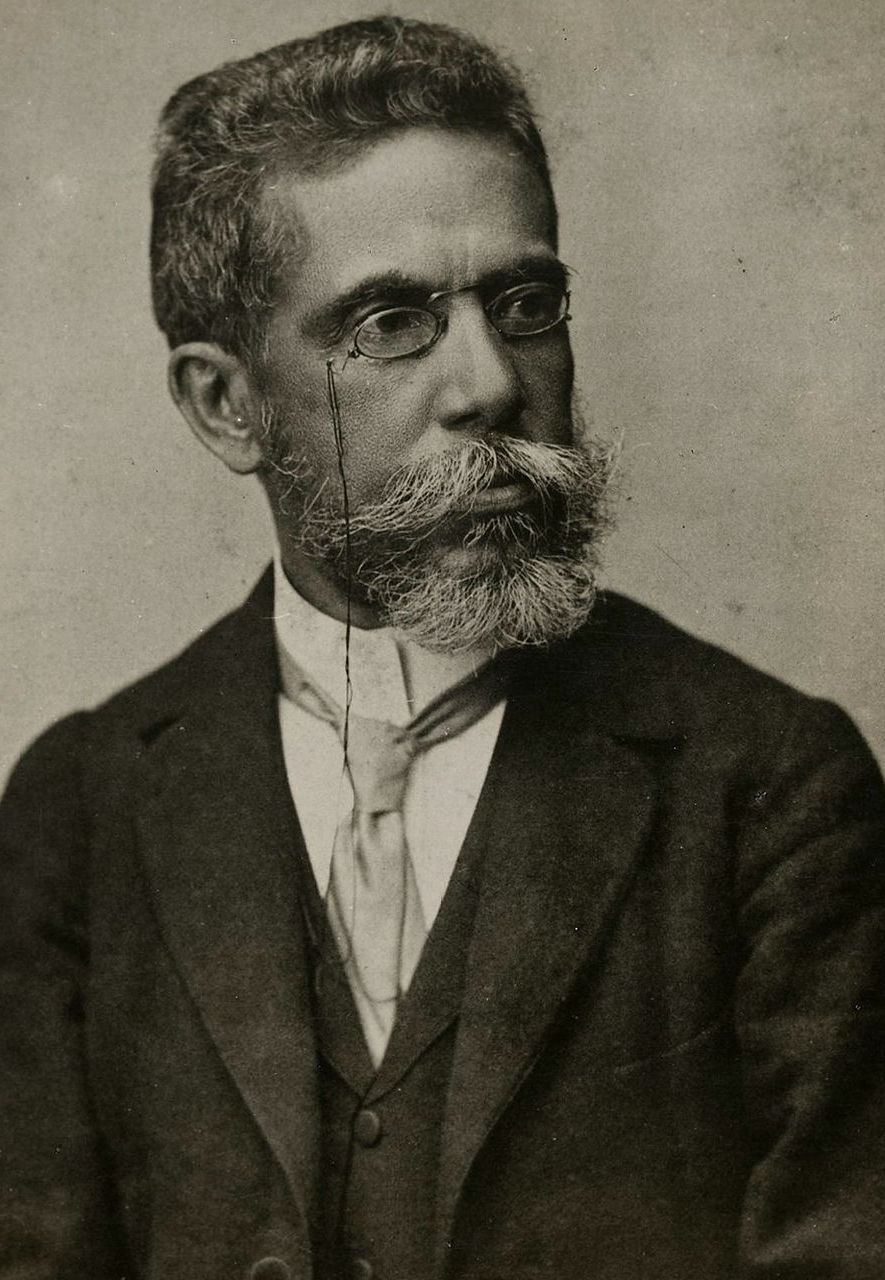
Machado de Assis (Credit: Alamy)
Meanwhile, Fonseca says that “Domingo Sarmiento’s book Facundo (1845) is not exactly a novel, but can definitely be read as one. An attempt to grasp the essence of Argentine national identity via an analysis of the life of one of its most famous gauchos, Juan Facundo Quiroga, it remains a fascinating precursor to what we would call today narrative non-fiction. As its subtitle, ‘Civilisation and Barbarism’, attests, the book reads as a monument to progress as well as to its discontents.”
And his third choice is The Pond (1894): “The Puerto Rican writer Manuel Zeno Gandia wrote a fascinating naturalist exploration of the poverty that lay at the heart of Puerto Rico’s agricultural society in the late 19th Century. Full of remarkable imagery, it depicts colonial society as a stagnant pond, full of inequality, poverty, and ignorance.”
The US
Laura Marcus is Goldsmiths’ professor of English literature at Oxford University in the UK. She leans intellectually toward the 19th and 20th Centuries, and nominated two books, including A Hazard of New Fortunes (1890), by William Dean Howells: “Howells was a highly regarded and influential American writer in the mid-to-late 19th century, but is less widely read today than his realist contemporaries Theodore Dreiser and Frank Norris. His novels offer detailed and vivid accounts of an America grown prosperous through industrialism but increasingly subject to the cynicism and ruthlessness of individualism.
“A Hazard of New Fortunes tells the story of the founding of a new magazine, Every Two Weeks, whose editor, Basil March, finds himself increasingly at odds with the paper’s owner, Dryfoos, a farmer-become-millionaire. Howells drew on his own experience of moving from Boston to New York in his account of March’s and his wife’s attempts to find a suitable apartment in the city, and their responses to the changed neighbourhoods of New York, with their shifting patterns of immigration. This is indeed a great New York novel, rich in detail of city life and absorbing in its representation of the tragi-comedies of political, cultural, and generational differences.”
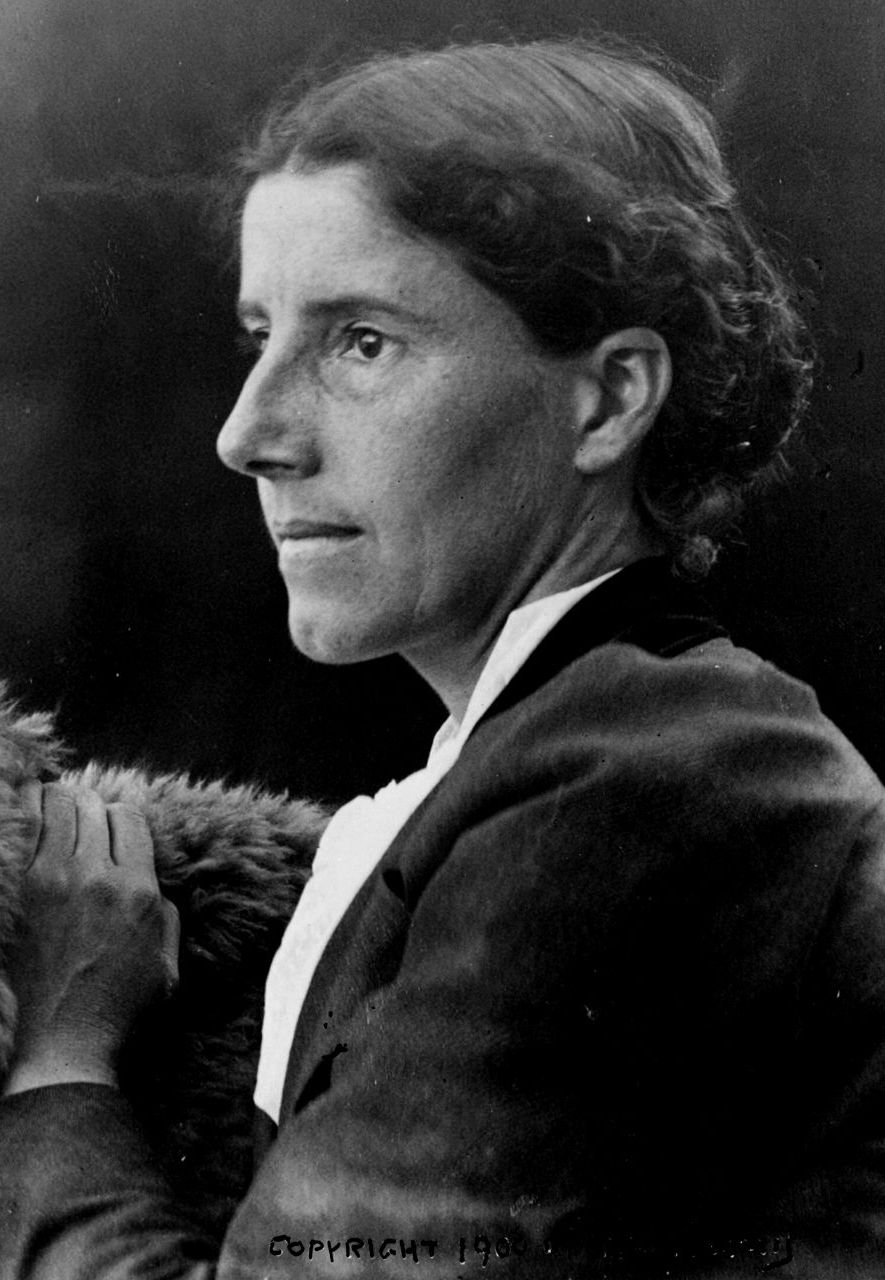
Charlotte Perkins Gilman (Credit: Alamy)
Marcus’s second choice is The Yellow Wallpaper (1892), by Charlotte Perkins Gilman: “Gilman was a prolific writer on economy, women’s rights, and socialism, and author of the utopian novel Herland. The Yellow Wallpaper was a semi-autobiographical short story, in which Gilman drew on her experience of the depression from which she suffered after marriage and childbirth. She was persuaded to undergo the then popular Weir Mitchell ‘rest cure’, under which regime women were denied intellectual stimulation and activity and confined to bed rest for long periods. The narrator of the short story (which has often been read as a gothic or horror tale) is married to a doctor, John, who is, as she puts it, ‘very careful and loving, and hardly lets me stir without special direction’.
“Confined to her room, she begins to fixate on its ‘horrid’ yellow wallpaper, in whose pattern she begins to see ‘a strange, provoking, formless sort of figure’. The figure takes on the shape of a ‘creeping’ woman, trapped within the wallpaper’s pattern. The narrator ‘becomes’ that woman and, at the story’s end, is found by her husband surrounded by the strips of wallpaper that she has pulled off the walls in order to ‘escape’: ‘Now why should that man have fainted? But he did, and right across my path by the wall, so that I had to creep over him every time!’, are the story’s final lines. The return to her work brought her back from the brink, and the story was written not to ‘drive people crazy, but to save people from being driven crazy’, and it worked.”
Branka Arsic is Zhang professor of English and comparative literature at Columbia University in New York, where she teaches the 19th-Century literature of the Americas. She suggested three books by Henry David Thoreau, Walt Whitman, and Herman Melville.
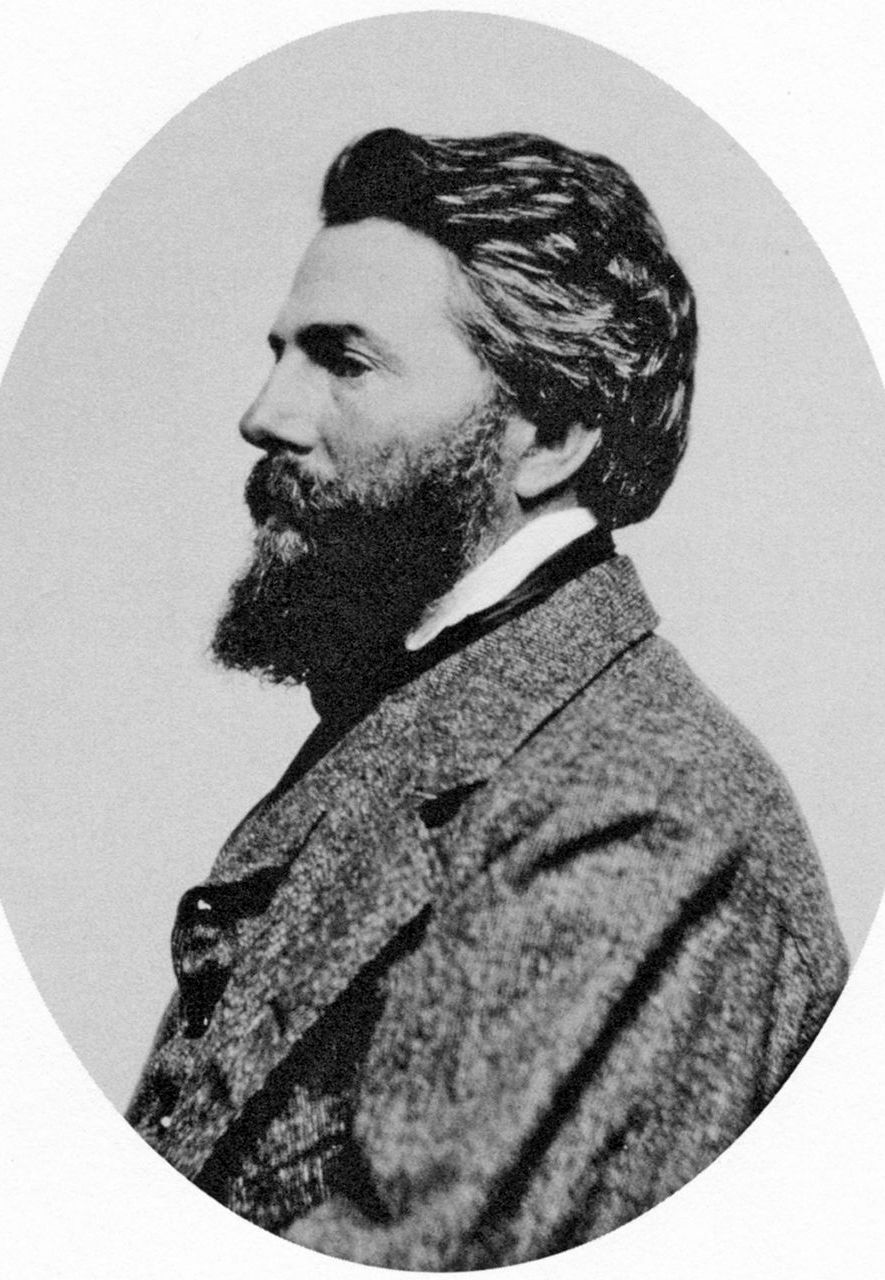
Herman Melville (Credit: Alamy)
“Thoreau’s A Week on the Concord and Merrimack Rivers (1849) is less read than his famous Walden, but easily as good. Nothing much happens there: Thoreau and his brother take a boat and sail up and down the two rivers. But what they see as they glide by (old cemeteries, churches, animals, plants, rocks) triggers a series of meditations about various things: history, religion, time (geological and historical), mourning, the dead, renewal of life (spiritual and biological), friendship, and other ways of being with others. It seems to me particularly relevant for our current moment of life in isolation: for the book is above all about taking leave of society at large to live in the company of two, but only in order to find a way back to living among others in a truly meaningful and responsible way.”
Her second choice is a meditation on mortality. “Whitman’s Specimen Days (1882), is a series of vignettes he wrote (mostly) about the Civil War wounded and dying in the hospitals in and around Washington, DC. He calls them ‘unnamed, unknown’, ‘Bravest Soldiers’ and narrates their ‘first-class desperations’, and ‘the sudden partial panic of the afternoon, at dusk’ before death, as additional acts of their extraordinary courage. It is also an important book for this moment, when we have lost so many to a global pandemic, and although we encounter those lost mostly as a number, we can perhaps begin to understand the pain via Whitman.”
“Melville’s Confidence Man (1857) was called ‘crazy’ by some reviewers when it was published. It isn’t an easy read, but it is a revealing and disconcerting look at questions of trust, credibility, philanthropy, religious belief, exploitation, racism, and, more generally, the value of human life that is prophesied by all, but, at least on this novel’s account, rarely acted upon.”
Japan
Stephen Dodd is a professor of Japanese literature at the University of London’s School of Oriental and African Studies. He said: “In fact it is only in the mid-1880s that the idea of a long novel began to be explored in Japan and, I would say, it is only in the early 20th Century that the novel really begins to develop (as for instance with Natsume Soseki’s novel Kokoro). In the 19th Century there were certainly some interesting writers, but they tended to write short stories. The Japanese word for novel is ‘shosetsu‘, but this term covers anything from a few pages to hundreds of pages. Actually, the Japanese are particularly good at short stories.”
Accordingly, Professor Dodd recommends Higuchi Ichiyo, a woman short-story writer, born 1872, who is very famous in Japan, a good edition of whose work is In the Shade of Spring Leaves. An interesting male writer working in the same period is Kunikida Doppo; try River Mist and Other Stories. He adds: “To my mind, much more interesting are slightly later short stories by writers such as Izumi Kyoka” (for example, Japanese Gothic Tales). “A really entertaining story written before westernisation really took a grip was Shank’s Mare by Ikku Jippensha”, a picaresque tale issued serially in the early part of the 19th Century, and which concerns a journey along the highway between Tokyo and Kyoto.
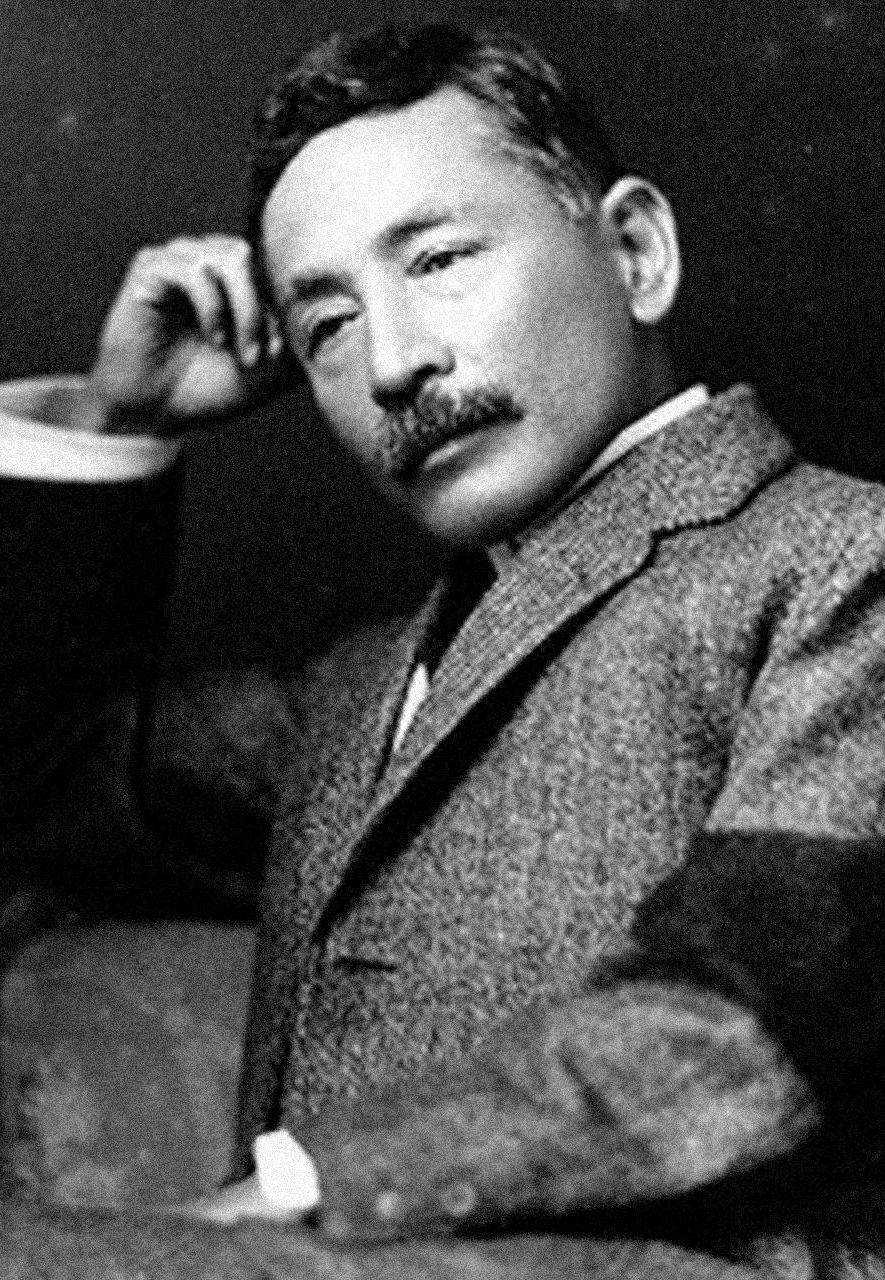
Natsume Soseki (Credit: Alamy)
Finally, he suggests Soseki’s “superb and complex” full-length novel Kokoro (1914); Mori Ogai’s short story The Dancing Girl (1890; “a brilliant exploration of Japanese encountering western culture in Berlin, and an attempt to grapple with ideas about modernity and Japaneseness”); and Tokutomi Kenjiro’s Footprints in the Snow, “an extremely readable account of being an ambitious young man at a moment when Westernisation reaches Japan in the 1870s, and being thrilled by the possibility of becoming a new, modern identity, free from the shackles of Japanese tradition”.
Love books? Join BBC Culture Book Club on Facebook, a community for literature fanatics all over the world.
If you would like to comment on this story or anything else you have seen on BBC Culture, head over to our Facebook page or message us on Twitter.
And if you liked this story, sign up for the weekly bbc.com features newsletter, called The Essential List. A handpicked selection of stories from BBC Future, Culture, Worklife and Travel, delivered to your inbox every Friday.


